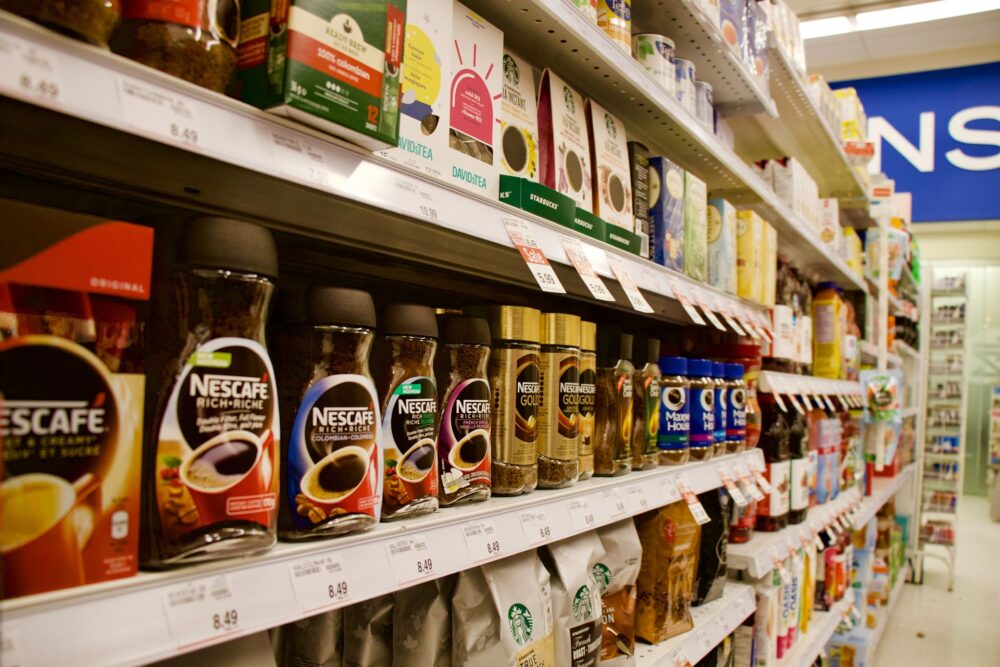
In recent years, the traditional FCMG model and landscape has changed, as consumer behaviours shift. Where once the big brands dominated supermarket shelves, manufacturers and supermarkets now compete in an increasingly complex and ever-changing world.
Brands need to have a point of difference, adding value and targeting needs to remain relevant.
The challenge is to attract consumer choice in increasingly demanding markets and create lasting and valuable relationships. However, relationships with brands and supermarkets have changed with the rise of discounters, local competitors, smaller niche brands and the millennial effect, where younger generations no longer sleepwalk through their weekly buying repertoires.
Combined with an emphasis on healthy living, where sugar, fat and salt intake has come under increasing scrutiny, shoppers have become increasingly savvy. Brands need to have a point of difference, adding value and targeting needs to remain relevant. In a recent article on Category Development Index (CDI) we focused on opportunity – this article focuses on how to identify category risk to inform decision making.
Data doesn’t tell the full story
Thanks to the volume of data available, there are many ways to understand what consumers are or aren’t doing… Evaluating transactional data can help understand shopping patterns, whilst mining loyalty card data can highlight how people shop categories, however data only tells part of the story. However, data doesn’t necessarily understand or help predict a consumer’s future behaviour or quantify what they are about to do.
Understanding true behaviour
To really minimise category risk, brands have had to become increasingly nimble to meet changing needs and demands. To understand any future behaviour it’s important to take the predictive onus away from consumers, as they simply don’t know what they may do in the future.
We developed Category Risk Index (CRI) and Category Development Index (CDI) off the back of the commercial success of our proprietary Behaviour Change Modelling (BCM) framework. By taking a deceptively simple set of questions, which focus on what they do now, and by applying advanced analytics, we can provide clients with a deeper understanding and specific strategic direction on future trends.
Category Risk Index
Our Category Risk Index (CRI) was created to identify risk to a brand or category. By doing so we can then create strategies to minimise levels of risk and ideally turn risk around into an opportunity.
CRI segments customers into seven stages that represents their current behaviour. These range from not interested (never bought before), future considerer to recent leaver, reduction planner, considering reduction to loyalist. If we can identify where consumers are in reducing their consumption of a brand or category, we can understand the level of risk involved and minimise this risk.
- Lost cause: Categories/brands which have a significant amount of consumers who are moving towards reduction or where many have left
- Imminent threat: Categories/brands which display a movement towards general reduction or have a growing proportion who are stopping
- Emerging risk: Some signs of consumers beginning a journey of reduction but, still too early to say if this is an immediate cause for concern
- Low risk: Categories/brands which have low levels of reducers or many consumers who are not in the above categories
How it can be used and applied
Category Risk Index can be used to:
- Identify and profile consumers most likely to make changes first and are less likely to buy
- Indicate threat of revenue risk and spend on either brand or category
- Ascertain and categorise size of risk for similar brands or categories
- Identify if it’s a category or brand led issue and what consumers are replacing it with?
- Specify what brands/categories they are buying into
- Categorise untapped ideas that consumers would like to see to negate risk
Why we know it works
Are approach has been used across a wide variety of business issues, helping to understand:
- Risk to portfolio: With health and nutrition driving changes in the FMCG sector, products high in sugar are experiencing declining sales and share of market. Despite seeing a drop in sales figures our client didn’t know how many consumers were on the cusp of dropping out of the category. CRI provided a risk summary for the category at a point in time and identified size of risk by value. Using regression modelling we then identified the triggers causing consumers considering/planning reduction, to pre-empt and counteract the decline.
Find out more
Our approach is a truly flexible innovation which is granular, scalable, replicable, and consistent, providing a unique psychological approach to quantify, predict and explain a consumer behaviour. It’s just one of many context-driven approaches to understand and optimise brand performance and communication.
For more information on how we can help brands inform strategy, please get in touch



